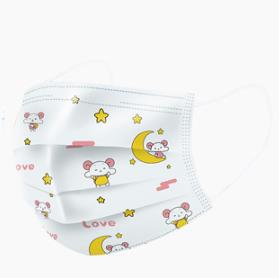Cleaning of industrial dust masks
The outer layer of industrial dust masks often accumulate a lot of dust, bacteria and other dirt in the outside air, and the inner layer blocks the exhaled bacteria and saliva. Inhaled into the human body when directly touching the face, and become a source of infection. When the mask is not worn, it should…










